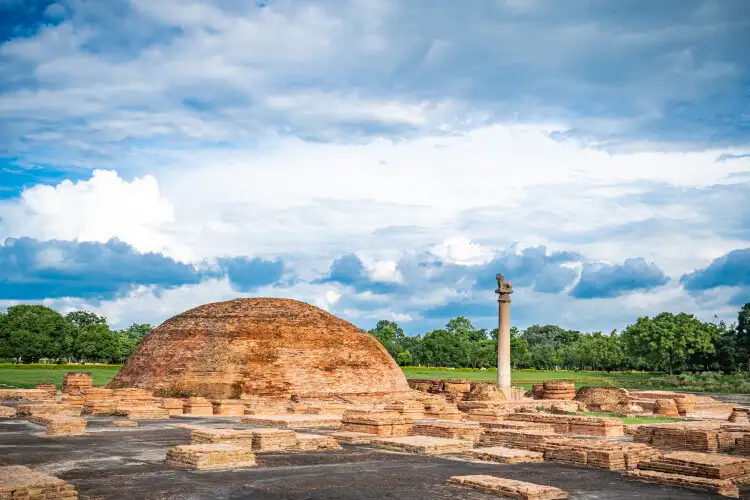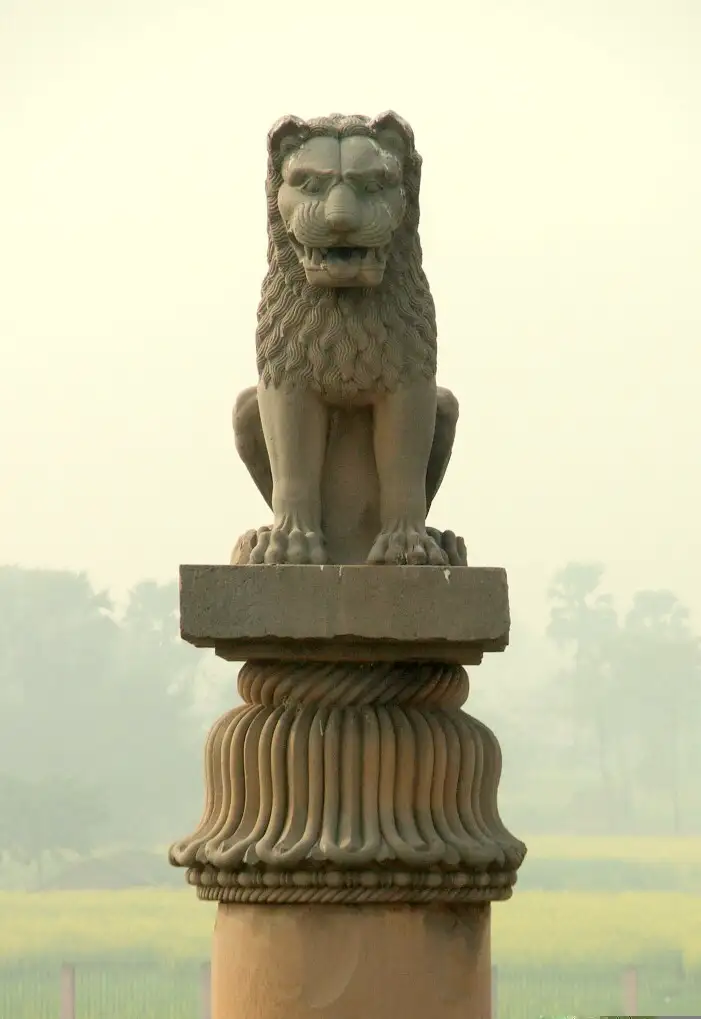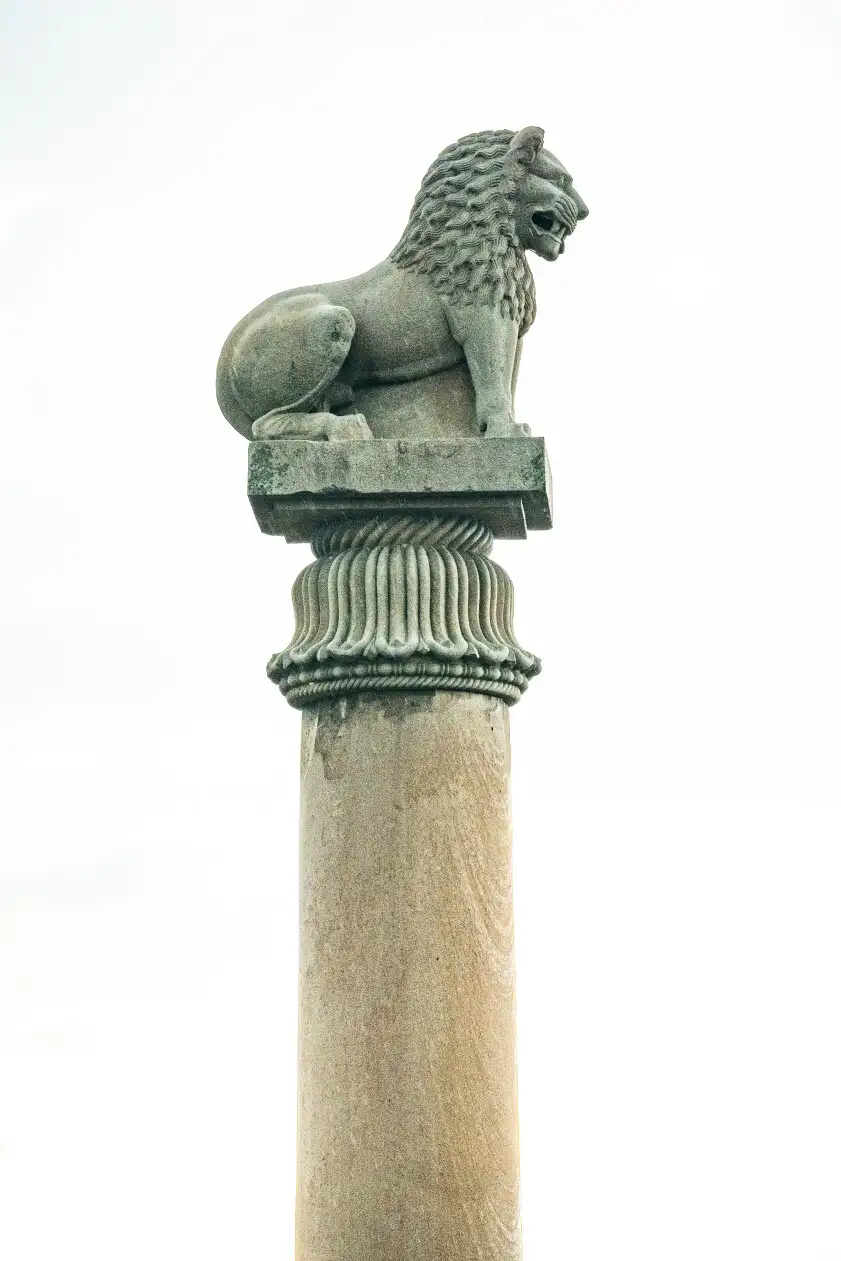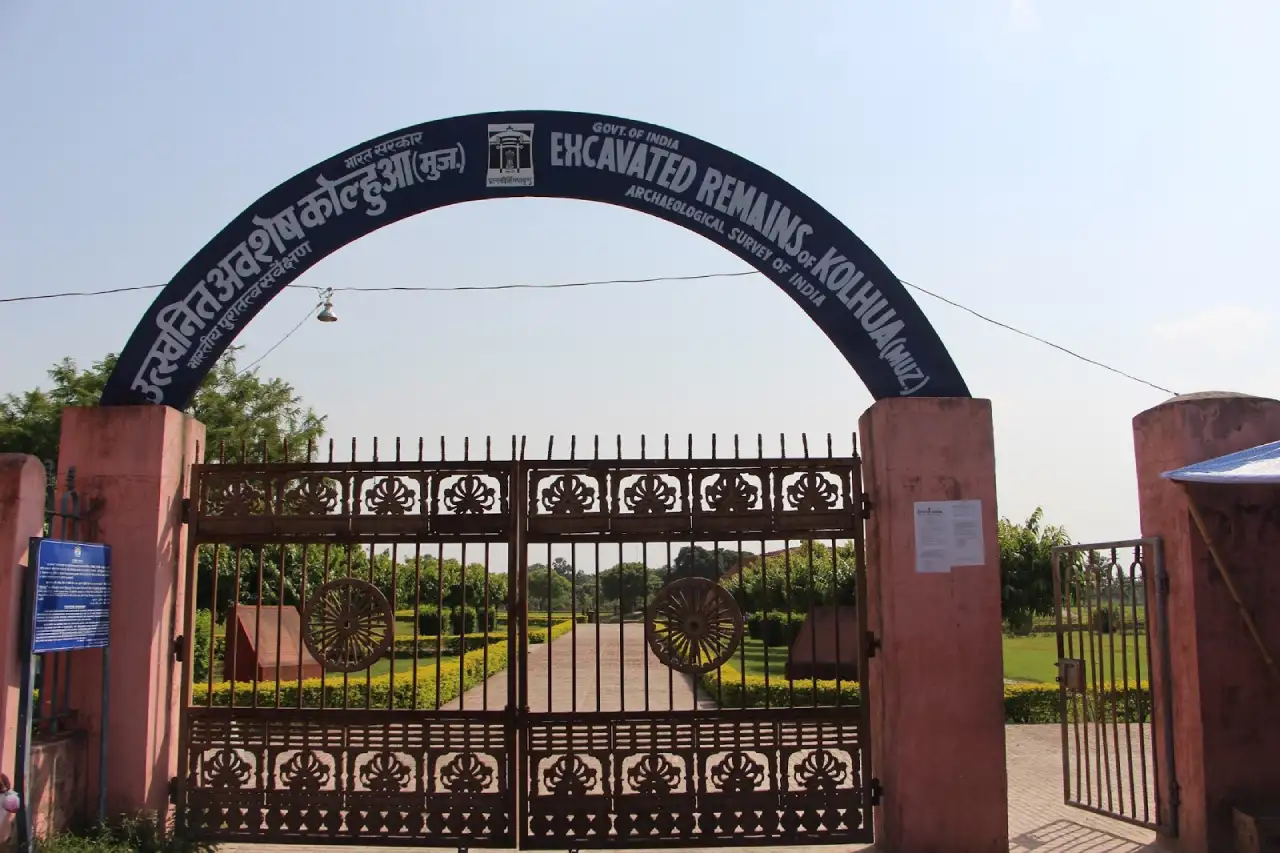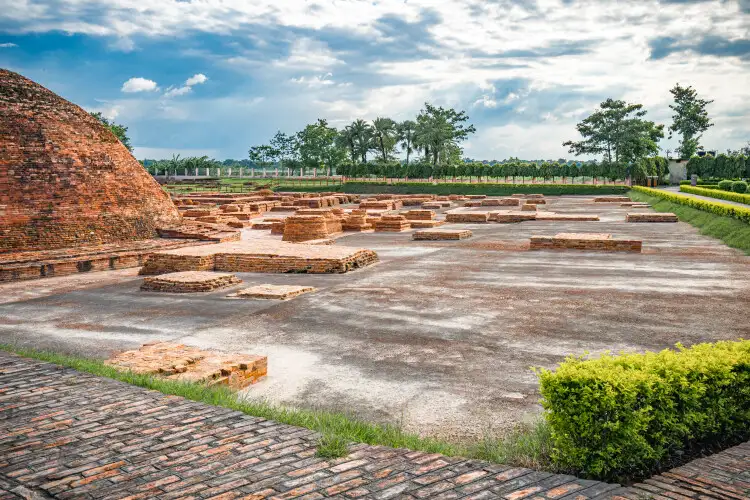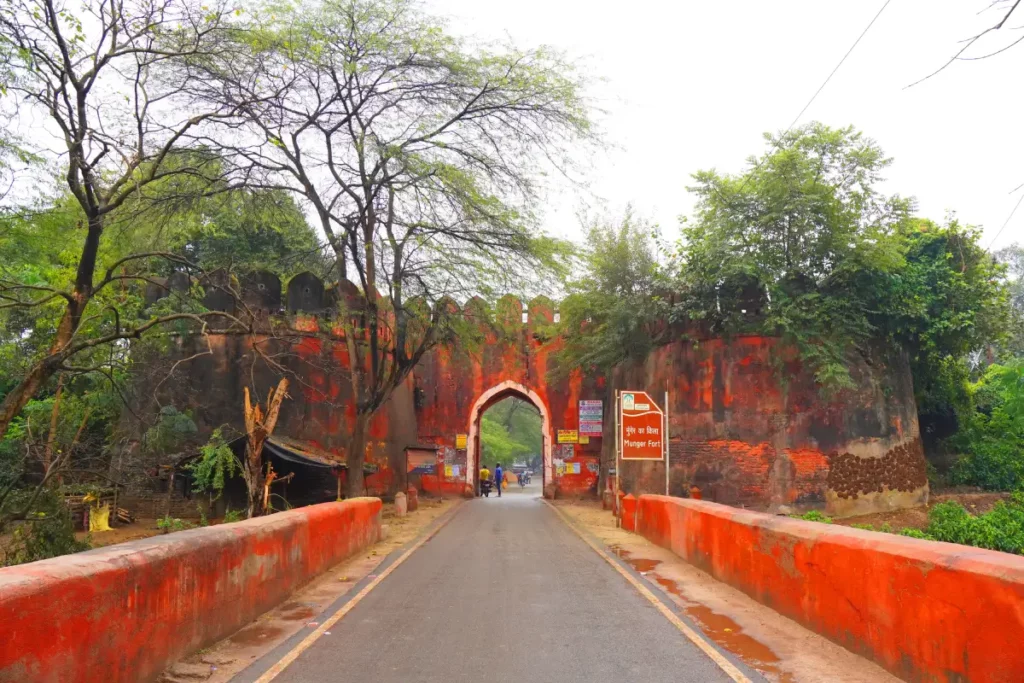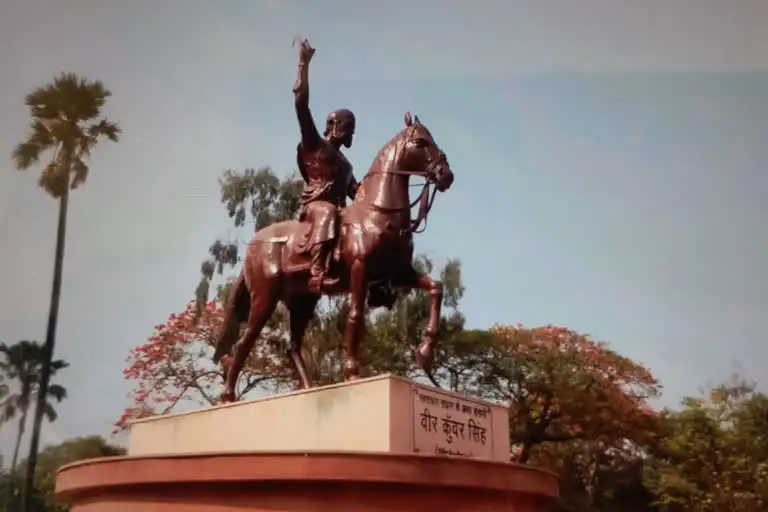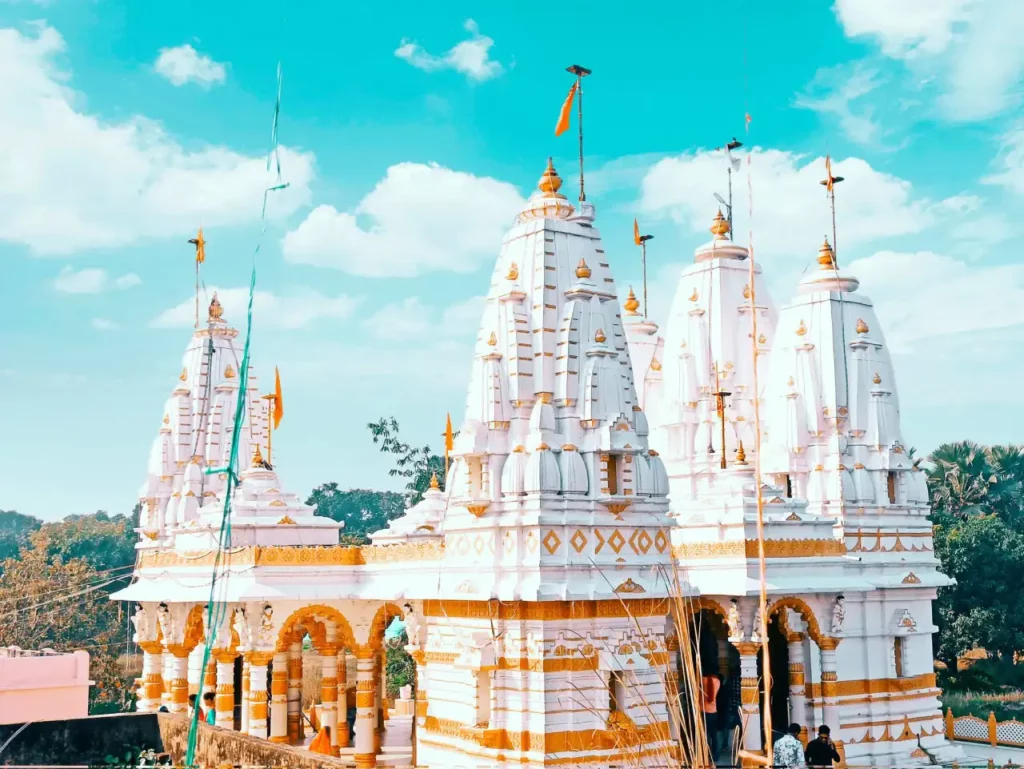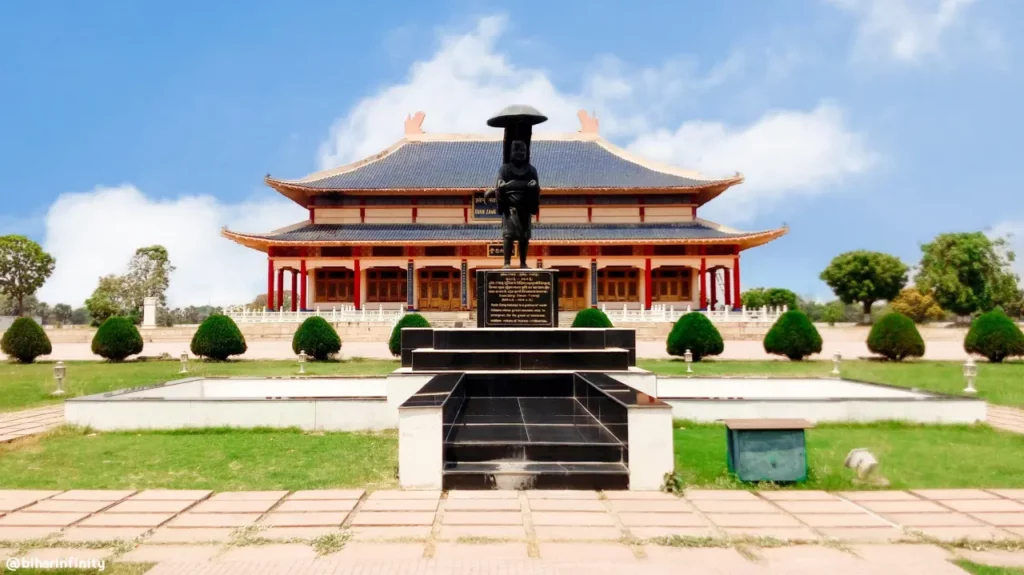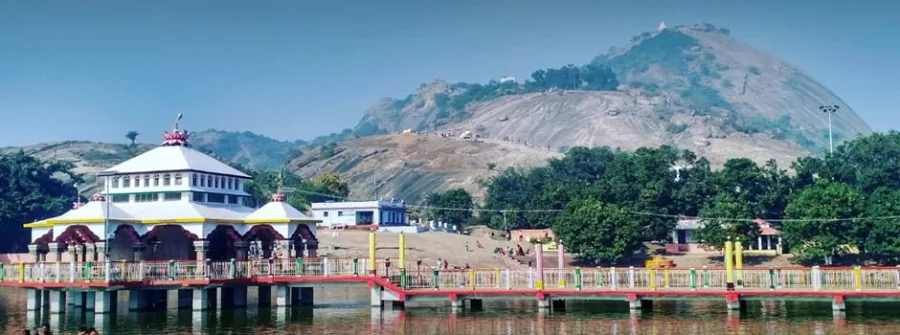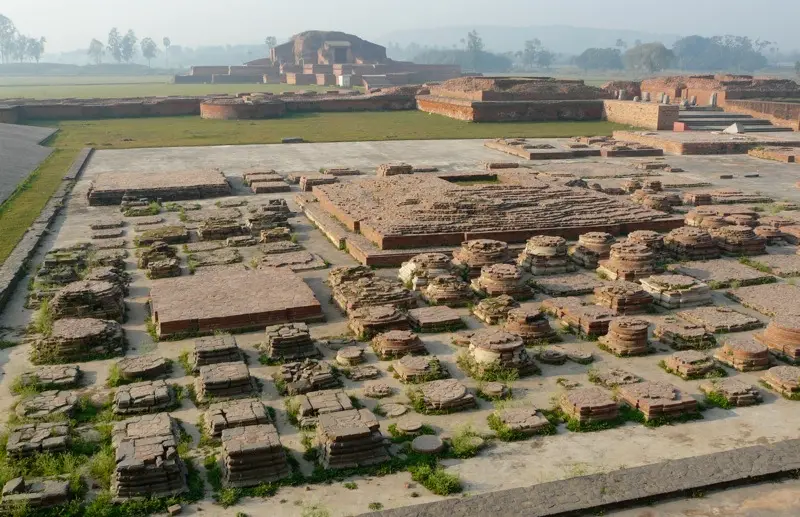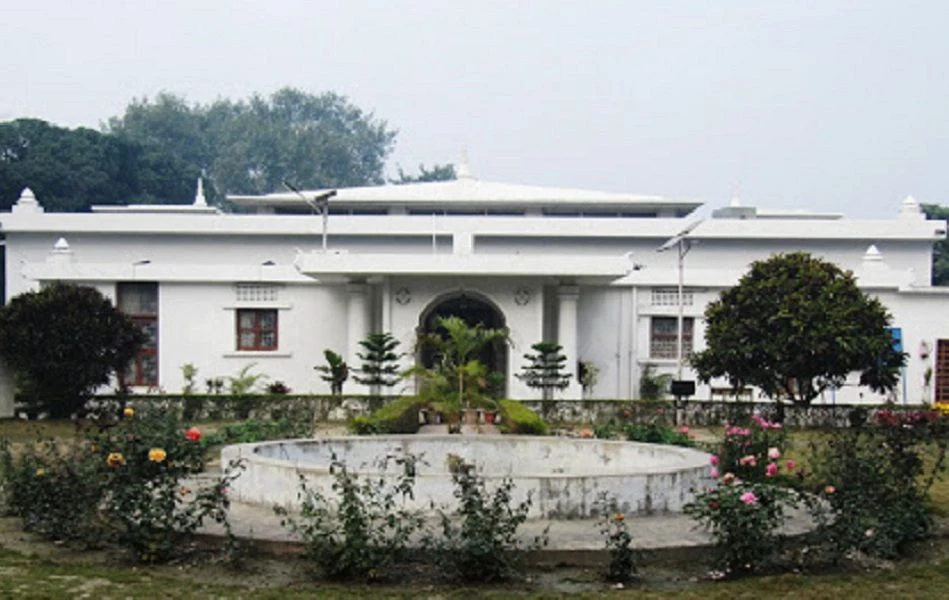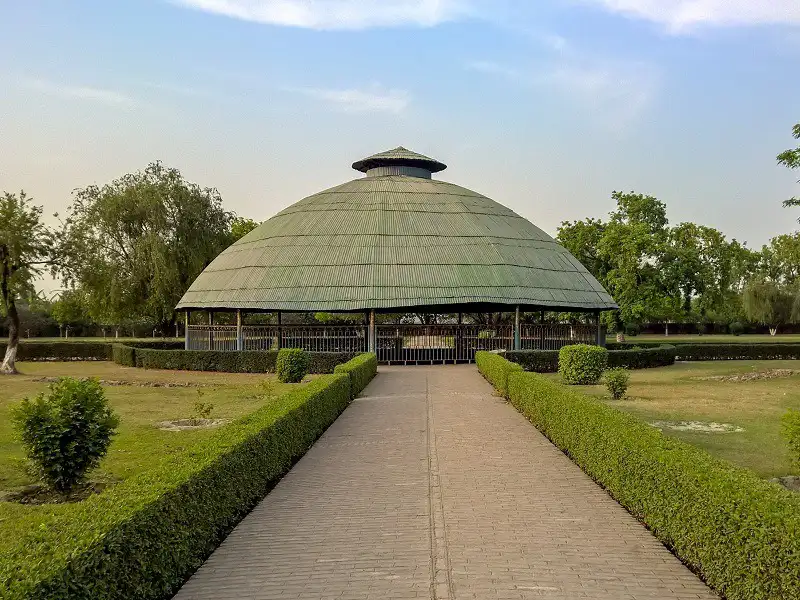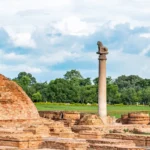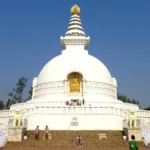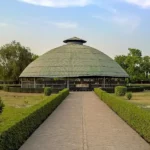Nestled within the historical confines of Kolhua Vaishali, the Ashoka Pillar stands as an enigmatic sentinel to India’s ancient past. Its weathered but steadfast presence evokes a sense of awe, inviting us to uncover the stories it holds within its carefully crafted form.
- Discovering Emperor Ashoka's Legacy
- Revered Destination: Kolhua Vaishali
- Unraveling the Ashoka Pillar
- How to Reach Ashoka Pillar at Kolhua Vaishali
- Exploring the Surroundings
- Cultural and Historical Insights
- Experiencing Tranquility
- Local Myths and Stories
- Conclusion
- FAQs about the Ashoka Pillar at Kolhua Vaishali
- Photo Gallery
- Catch Up on the Latest: Explore Our Recent Posts
Discovering Emperor Ashoka’s Legacy
The Ashoka Pillar is a tangible testament to Emperor Ashoka’s transformative reign. Following the Kalinga War, Ashoka embraced Buddhism and espoused principles of non-violence, a philosophy that found its voice in the inscriptions adorning the pillar.
Revered Destination: Kolhua Vaishali
Kolhua Vaishali, a name resonating with history, cradles the Ashoka Pillar in its midst. As the focal point of this ancient site, the pillar speaks of a time long gone by, invoking a sense of reverence and curiosity.
Unraveling the Ashoka Pillar
Standing at an impressive height, the Ashoka Pillar’s chiseled surface narrates a story etched in time. Its robust build and weathered surface evoke a tangible connection to the past, inviting us to explore its rich history.
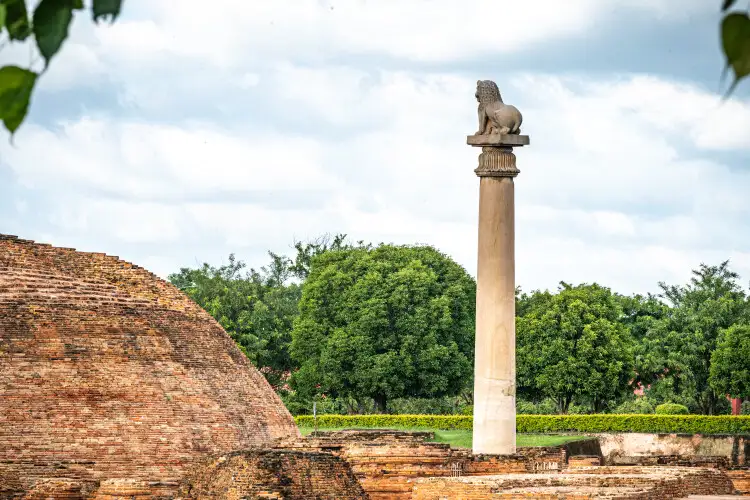
Intricate Carvings and Inscriptions
Adorning the Ashoka Pillar are intricate carvings and inscriptions, each a testament to the artistic finesse of the era. These carvings, alongside the inscriptions in Brahmi script, whisper tales of ancient India’s cultural tapestry.
Symbolism and Legacy
The Ashoka Pillar’s significance goes beyond its physical form. It stands as a symbol of Ashoka’s commitment to dharma, peace, and unity. Its legacy continues to influence modern Indian ideals and resonates with those who seek a deeper understanding of their roots.
Preservation Efforts and Conservation
Preserving the Ashoka Pillar’s integrity requires a delicate balance between history and modernity. Collaborative efforts between local authorities and archaeologists ensure that this historical marvel remains intact for future generations to admire.
How to Reach Ashoka Pillar at Kolhua Vaishali
Reaching Kolhua Vaishali is an adventure in itself. The site is accessible via well-connected roads, and visitors have the option to choose between different modes of transportation for a convenient journey.
Best Time to Visit
To truly experience the grandeur of the Pillar, plan your visit during the cooler months, from October to March. This period ensures comfortable weather, allowing you to explore the site without the constraints of extreme heat or heavy rain.
Exploring the Surroundings
While the Ashoka Pillar stands as the centerpiece of Kolhua Vaishali’s historical allure, the site offers an array of captivating attractions waiting to be discovered. Embark on a journey to the Buddha Relic Stupa, where echoes of the past resonate amidst serene surroundings. For enthusiasts of art and heritage, the Vaishali Museum is a treasure trove of artifacts that narrate tales of ancient India. And don’t miss the majestic Vishwa Shanti Stupa Vaishali, a symbol of peace and unity that graces the landscape with its towering presence. Each of these neighboring landmarks complements the Ashoka Pillar’s significance, offering a well-rounded exploration of Vaishali’s remarkable historical tapestry.
Cultural and Historical Insights
The Ashokan Pillar serves as a bridge between the past and present, connecting us to the cultural ethos of ancient India. Its presence is a reminder of the deep-rooted history that continues to shape the nation.
Experiencing Tranquility
Standing before the Ashoka Pillar, you’re enveloped in a sense of tranquility. The site offers a peaceful refuge, allowing you to reflect on the significance of this historical relic.
Local Myths and Stories
Local legends and stories have woven a tapestry of myths around the Ashoka Pillar. These tales, passed down through generations, add an element of mystique to the site’s allure.
Conclusion
The Ashokan Pillar at Kolhua Vaishali stands as a sentinel to history, inviting us to step into the past and immerse ourselves in its stories. As you stand before this ancient marvel, take a moment to connect with the echoes of time that reverberate through its very core.
FAQs about the Ashoka Pillar at Kolhua Vaishali
The Ashoka Pillar at Kolhua Vaishali stands approximately 18.3 m tall. The pillar’s imposing stature and intricate details make it a remarkable historical artifact. A life-size figure of a lion is placed on top of the pillar.
While the Ashoka Pillar is not a religious site, it holds immense significance in Buddhism due to Emperor Ashoka’s conversion and his propagation of Buddhist principles. Visitors often engage in quiet reflection and meditation at the site.
Modern historians and linguists have diligently studied the inscriptions on the Ashoka Pillar, which are carved in Brahmi script. By comparing these inscriptions with other historical texts, they’ve been able to interpret the language and deduce the pillar’s historical context and significance.
To ensure the preservation of this ancient monument, the Ashoka Pillar is typically cordoned off and protected. Visitors can admire its beauty and significance from a respectful distance, allowing everyone to appreciate its historical value.
Kolhua Vaishali holds immense historical importance as the site where Emperor Ashoka is believed to have erected this pillar. It stands as a marker of his conversion to Buddhism and his commitment to spreading its teachings, marking a pivotal moment in Indian history.
Photo Gallery
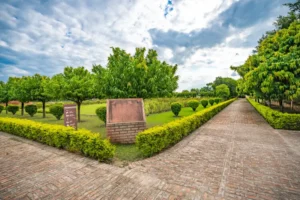
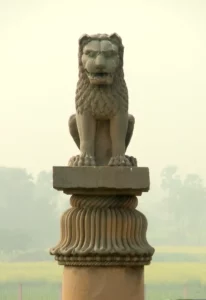
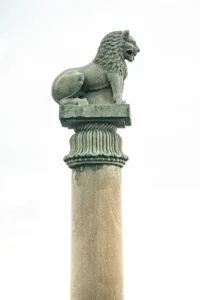
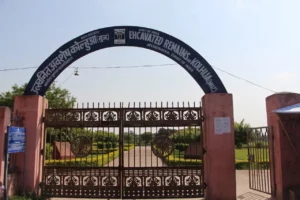
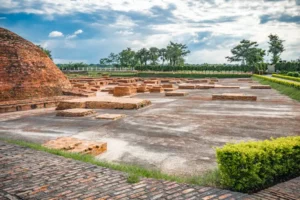
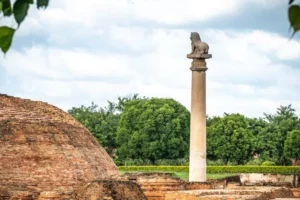
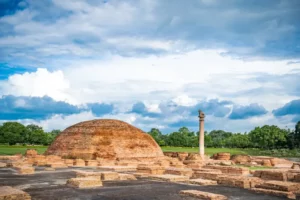
Catch Up on the Latest: Explore Our Recent Posts
Munger Fort: History, images, and best time to visit
Standing majestically on a rocky hillock along the southern banks of the…
Jagdishpur Fort: Reliving History Amidst Majestic Ruins
Nestled in the heart of a serene landscape, Jagdishpur Fort stands as…
Dwarkadhish Temple Chapra: A Marvel of Artistry and Faith
The celebration of Krishna Janmashtami resonates across India, and Chapra’s Naini village…
14 Must-Visit Tourist Places in Rajgir for an Enriching Journey
Rajgir, a city in the district of Nalanda, invites you to traverse…
Mandar Hill: A Spiritual Journey to Serenity
Nestled in the Bounsi, Banka district under Bhagalpur division of state of…
Kanwar Lake: Exploring Asia’s Largest Freshwater Oxbow Lake
The Kanwar Taal, also known as Kabar Taal Lake or Kabartal Wetland,…
Ruins of Vikramshila University: Unveiling an Enigmatic Past
Nestled in the serene landscapes of ancient India, Vikramshila University stands as…
Vikramshila Gangetic Dolphin Sanctuary: Bihar’s Aquatic Treasures
Nestled along the pristine banks of the Ganges River, the Vikramshila Gangetic…
Vaishali Museum – Unveiling the Treasures of Ancient Bihar
Nestled in the heart of Vaishali, a town steeped in history and…
Buddha Relic Stupa Of Vaishali: Exploring the Serene Beauty
Vaishali, a place of deep historical significance and spiritual resonance, houses a…

